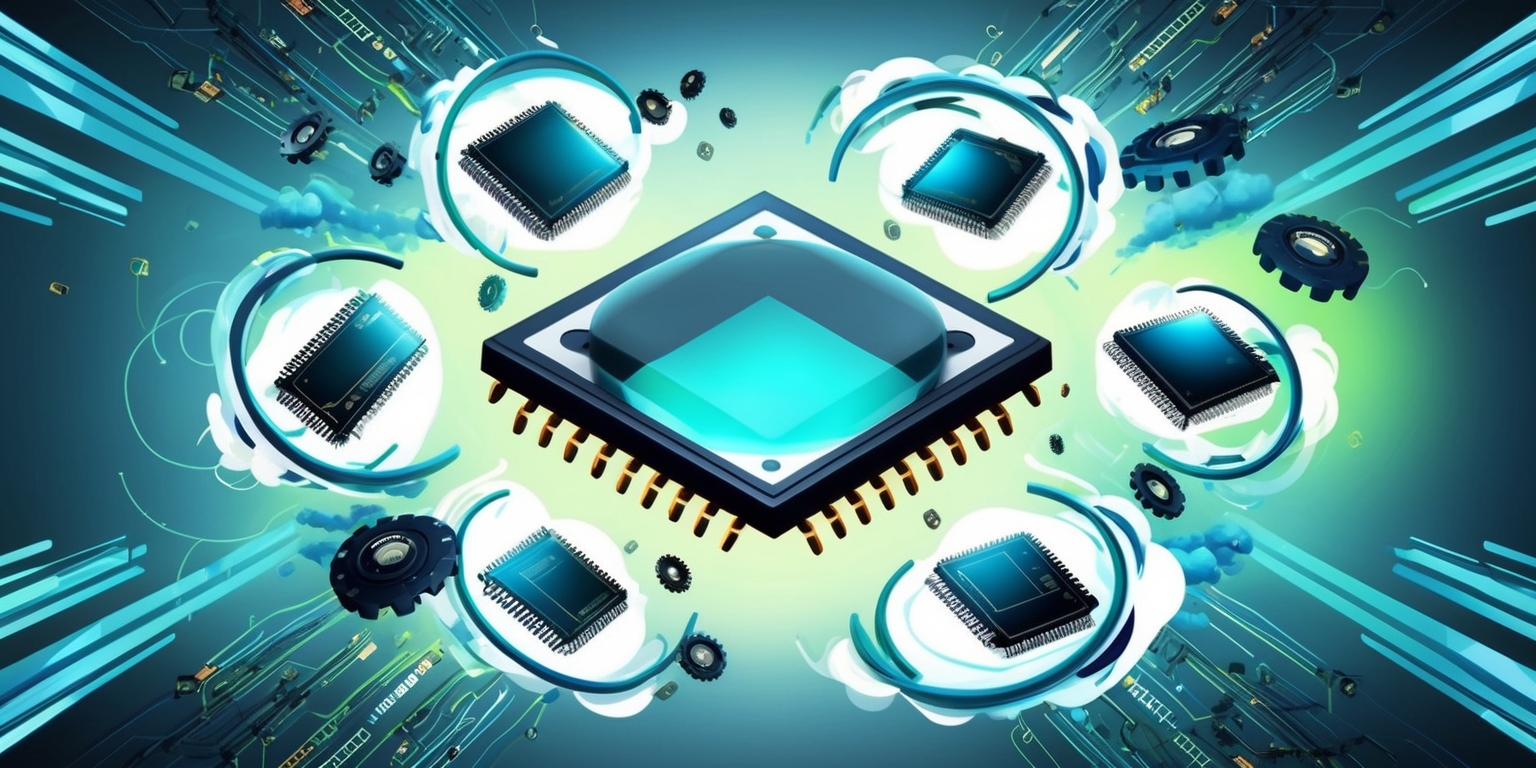Processor Market Shake-Up: How a New Competitive Dynamic is Redefining Consumer Value
- 2025-04-08 05:10:55

This article reviews recent shifts in the processor market, examining how consumer preferences have evolved over time. It outlines the transformation from long-established trends to a more competitive dynamic that may benefit buyers in the future.
For a long time, it was virtually assumed to be granted that a personal computer would house a processor from a well-known manufacturer that pioneered the Pentium in the mid-1990s. That company held a commanding position in the marketplace by releasing updated chips with only modest improvements at premium prices, a practice that set the standard for decades.
Over time, however, the dominant company seemed to have grown overly comfortable, paving the way for its long-time competitor to make significant inroads. Recent analysis indicates that new consumer processor sales in the United States now show a dramatic shift, with the once-leading company holding just 21.26% of the market share compared to nearly 78.74% for its rival. These figures come from data collected by the largest online retailer in the country.
- The long-held expectation of a particular processor brand in PCs has been challenged.
- The introduction of modestly upgraded chips over the years provided stability but also created room for competition.
- Recent market data reflects a major realignment in new consumer processor sales.
- The competitive environment now raises the possibility of more attractive pricing for future models.
Gazing into the future, it remains uncertain whether the formerly dominant company can regain its footing. Both manufacturers are launching innovative models, and the healthy competition might eventually lead to lower prices. This development is especially promising in light of "the latest price hikes and their possible repercussions" an upcoming tariff conflict.





